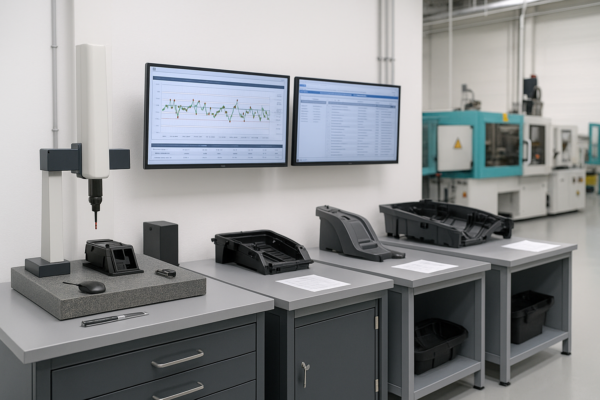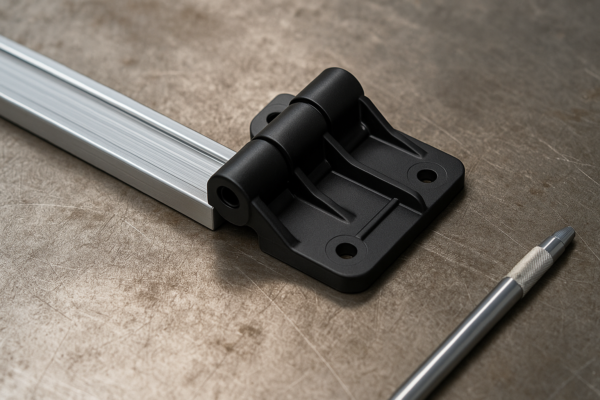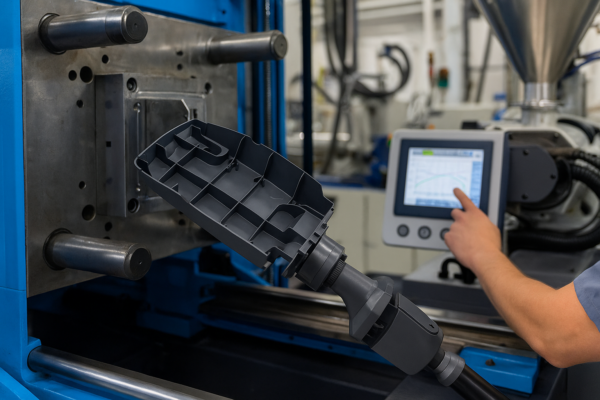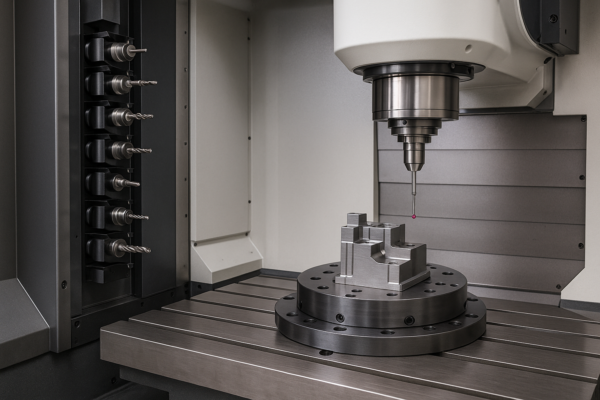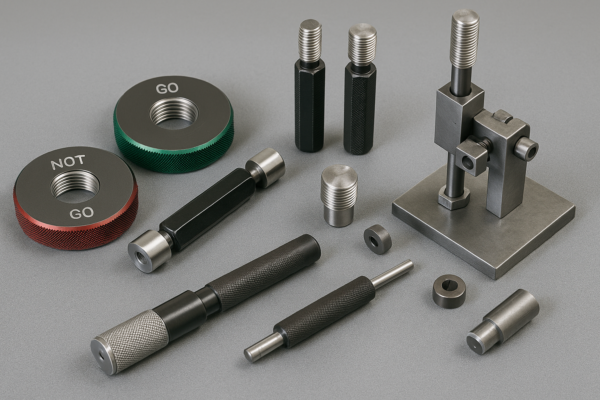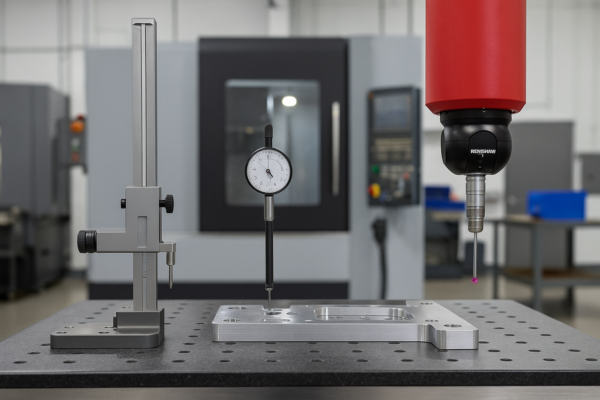The Definitive Guide to Metal Forgings: What Types, Benefits, and Applications Should You Know?
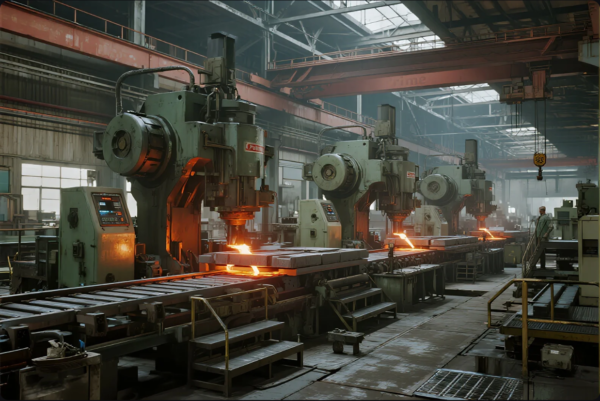
Metal forging stands at the core of modern manufacturing, yet many buyers remain confused about forging types and supplier options.
Metal forging uses controlled pressure to shape metal into high-strength forms. This process delivers outstanding toughness and reliability compared to casting or machining. To make the right choice for your business, you must understand forging types, advantages, certifications, and real-world use cases.
When you need metal components that last, knowing the full range of forging options helps you secure the best value and performance. Let’s explore what truly matters when sourcing forged metal parts.
What Are the Main Types of Metal Forgings? Open Die, Closed Die, and More Explained
Choosing the wrong forging method can waste both your budget and project time.
The three most common forging types are open die forging, closed die forging, and seamless rolled ring forging. Open die works for large and simple shapes. Closed die forging fits complex, high-precision components. Seamless rolled rings deliver exceptional roundness and strength for demanding parts.
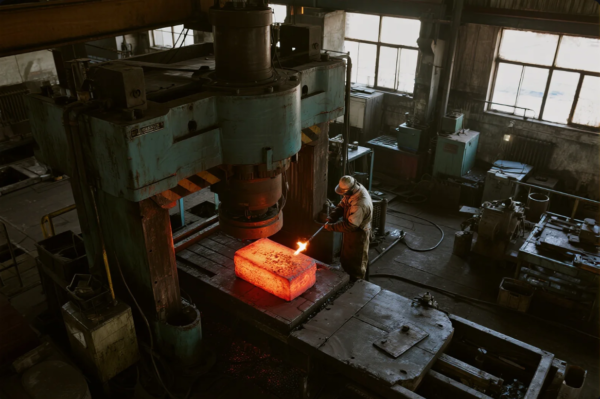
Over the years, I’ve sourced thousands of forged components. Open die forging excels when you need custom shafts, disks, and heavy bars. For example, open die forgings are a staple in mining, marine, and construction equipment, where part size and durability matter most.
Closed die forging is my go-to when the parts require repeatable precision, such as automotive gears or high-performance brackets. This method uses tailored dies to deliver consistent shapes and tight tolerances, with minimal secondary machining. Many aerospace suppliers depend on closed die forging for mission-critical components.
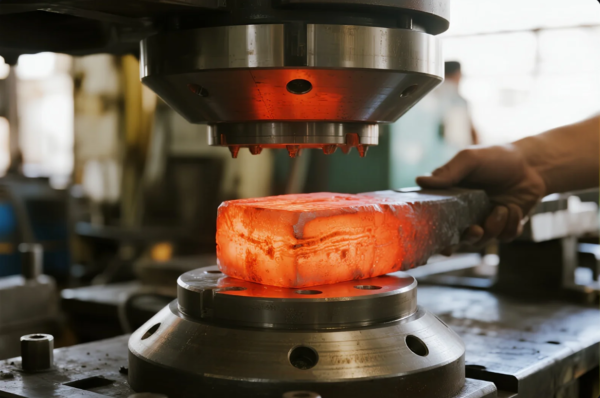
For seamless rolled rings, think of applications like bearing rings, wind turbine parts, and pressure vessel flanges. The circular grain structure resists fatigue and heat, making it perfect for power generation and oil & gas.
Common Forging Types and Best Applications
| Forging Type | Description | Typical Use Cases |
|---|---|---|
| Open Die | Simple, large, custom shapes | Shafts, cylinders, blocks |
| Closed Die | Precision, high repeatability | Gears, levers, brackets |
| Seamless Rolled Ring | Strong, round, seamless | Bearings, flanges, gear rings |
| Upset Forging | Head forming for rods, fasteners | Bolts, axles, fasteners |
| Precision Forging | Minimal finish, tight tolerance | Aerospace, high-performance auto |
To select the best forging method, I always advise clients to consider shape, size, volume, and final properties. If you need help, Prime’s engineers offer free technical reviews and can recommend the best process for your parts.
Benefits of Forged Metal Parts Compared to Casting and Machining
Relying on the wrong process leads to frequent failures and costly downtime.
Forged metal parts show higher impact strength, toughness, and fatigue life than castings or machined parts. Forging aligns the grain flow with part geometry, increasing durability. Unlike casting, which may have porosity or inclusions, forgings are virtually defect-free. This means fewer breakdowns, longer service, and better ROI.
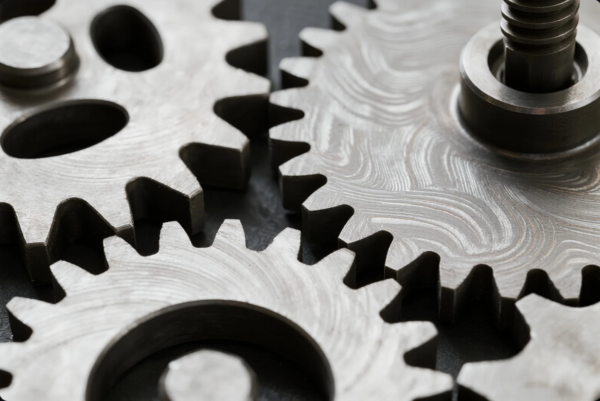
I have witnessed how switching from cast to forged suspension parts reduced field failures for a client in the heavy truck industry. With forging, they slashed warranty claims and maintenance costs. Forged components resist cracks and shocks far better, which keeps equipment running even under brutal loads.
Forging vs. Casting vs. Machining
| Feature | Forged Parts | Cast Parts | Machined Parts |
|---|---|---|---|
| Strength | Excellent (EngineeringClicks) | Moderate (TWI Global) | Good (Hubs) |
| Defect Rate | Very low | Moderate to high | Low |
| Material Utilization | High (CustomPartNet) | Medium | Low (Hubs) |
| Tolerances | Good to very tight (Petersen Precision) | Good (Thomasnet) | Tight (Protolabs) |
| Surface Finish | Requires some finishing | Often rough, requires more finishing | Smooth, with correct tooling |
| Lifecycle Cost | Lowest in harsh use (Forge Magazine) | Higher maintenance | High due to waste |
Forging also supports green manufacturing. Companies now demand sustainable production and traceable supply chains. Forging’s high material utilization and low scrap help you achieve these goals.
Customization matters too. Forged components can be tailored for special alloys, coatings, or heat treatments to fit your project.
My Experience with Customer Success
In my own sourcing, I’ve seen clients achieve 2x part life after moving to forged CNC precision parts. Using suppliers with real ISO certification makes a measurable difference. Prime’s quality team monitors every batch for full compliance.
Common Applications of Metal Forgings in Automotive, Aerospace, and Oil & Gas
Matching the right forging to the right sector ensures reliability and safety.
Forged metal parts are everywhere—in automotive, aerospace, oil & gas, mining, power generation, construction, and railways. In these fields, only forgings deliver the strength, durability, and impact resistance demanded by extreme environments.
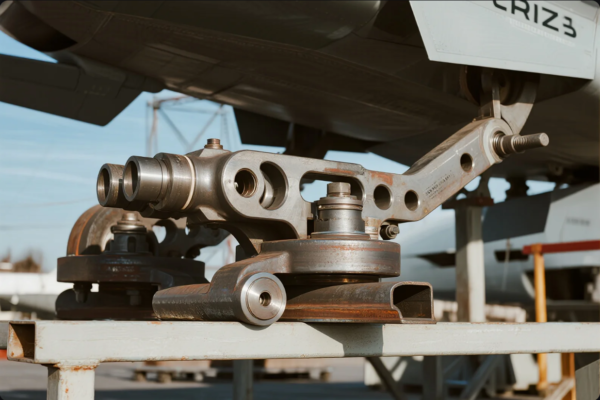
Automotive Sector:
Car makers use forgings for engine crankshafts, transmission gears, and suspension arms. Forged steel absorbs shocks from potholes or crashes, protecting passengers and cargo.
Aerospace Sector:
Aerospace demands light but ultra-strong metals. Titanium and aluminum forgings keep aircraft safe while reducing weight. Forgings are standard for landing gear, jet turbine disks, and engine mounts.
Oil & Gas Sector:
Here, forgings face high temperatures, corrosive fluids, and extreme pressure. You’ll find forged flanges, drill heads, and valve bodies.
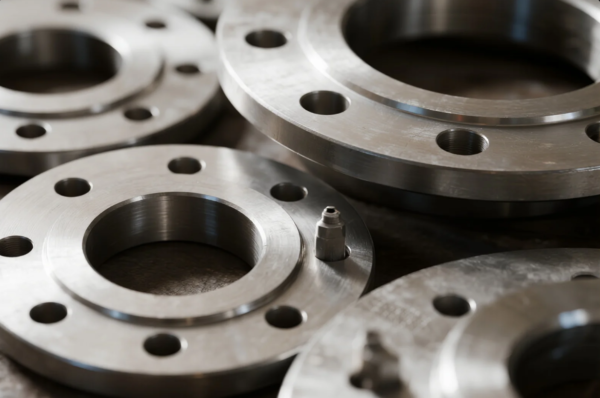
Examples of Forging Applications by Industry
| Industry | Forged Part Types | Why Forged? |
|---|---|---|
| Automotive | Crankshafts, gears, arms | Shock resistance, long life |
| Aerospace | Shafts, rings, brackets | Low weight, high reliability |
| Oil & Gas | Flanges, valves, drill heads | Pressure and corrosion proof |
| Construction | Pins, connectors, anchor bolts | Wear and fatigue resistance |
| Railway | Wheels, axles, couplers | Fatigue resistance, safety |
Forgings play a role in other industries, too: agriculture, marine, and renewable energy.
Key Quality Standards and Certifications for Forged Metal Components
Certifications are non-negotiable if you want zero risk.
The best forged parts meet ISO 9001, IATF 16949 for automotive, EN 10204 for traceability, and API for oil & gas. Proper certification ensures controlled materials, precise processing, and clear traceability.
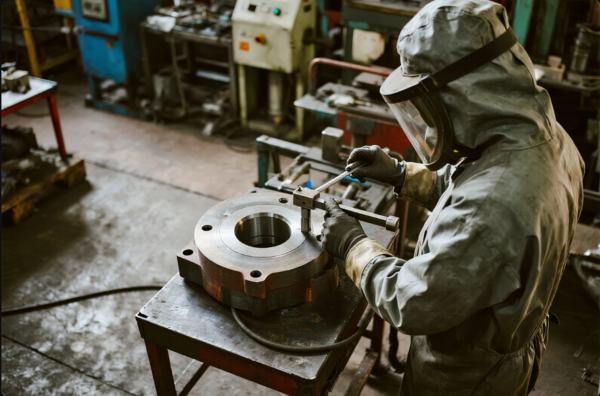
Prime issues full certificates for every order. I always send a test report, mill certificate, and photos of packaging to every client before shipping.
Common Quality Certifications
| Certification | Application | Importance |
|---|---|---|
| ISO 9001 | All industries | Quality management |
| IATF 16949 | Automotive | Required for OEM suppliers |
| EN 10204 | Steel and alloy traceability | Material compliance |
| API | Oil & Gas | Critical for pipeline safety |
| NADCAP | Aerospace | Required for aviation parts |
| RoHS / REACH | Environmental, all industries | Hazardous substance limits |
Many international buyers request SGS, Bureau Veritas, or TÜV third-party audits for peace of mind. I always encourage clients to arrange a virtual plant tour or request a video inspection.

Prime’s Quality Commitment
Prime delivers all forging orders with robust packaging, detailed labels, and certificates. Our ISO-certified lines support industries with the strictest compliance needs. I make sure our team answers all documentation requests quickly, so your purchasing is worry-free.
FAQs about Metal Forgings
What is the difference between hot forging and cold forging?
Hot forging shapes metal above its recrystallization temperature, allowing for complex shapes and better ductility. Cold forging works at room temperature for simpler parts and tighter tolerances.
What’s the typical lead time for custom forged parts?
Most projects are delivered in 20-30 days. Expedited production is possible for urgent orders. Contact us for availability.
Can I request specific alloys or coatings for my forgings?
Yes. We supply carbon steel, stainless, titanium, Inconel and offer custom coatings on request.
What quality standards do you offer?
Prime provides ISO 9001, IATF 16949, EN 10204 and API certifications as required.
How do you guarantee safe delivery?
Every shipment uses industrial packaging best practices and includes insurance.
What is the MOQ (Minimum Order Quantity)?
Most custom forgings require 200-500 pcs. For prototyping or small runs, contact us directly for solutions.
Do you support onsite or remote quality inspection?
Yes. We support both. Clients are welcome to send a third-party auditor or join a video call for live inspection.
Which industries do you serve?
Automotive, aerospace, oil & gas, power generation, mining, construction, and more.
Contact Prime
If you are ready to streamline your metal parts supply chain and want proven expertise, get in touch today for a free technical consultation, quote, or custom solution.
- Website: https://primecustomparts.com/
- Email: [email protected]
We provide rapid response, competitive prices, and certified quality—backed by over 20 years’ experience. All shipments are securely packaged and tracked to your door.

Conclusion
Selecting the right forging process, materials, and supplier is essential for safe, reliable, and cost-effective parts in every industry.
Contact Prime today for fast, professional support and a free custom quote. Email us at [email protected] for expert advice and sourcing solutions.

